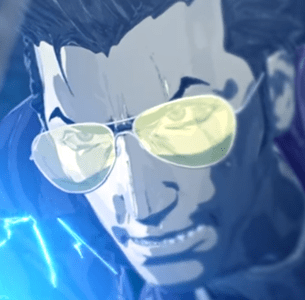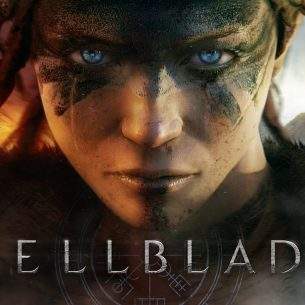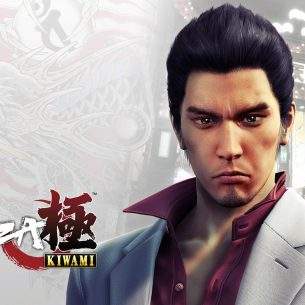Archive Post
Home / August 2017
Travis Touchdown Returns In No More Heroes: Travis Strikes Again For Nintendo Switch
Otaku stereotype and laser sword enthusiast, Travis Touchdown, returns to a Nintendo console with the…
Hellblade: Senua’s Sacrifice | Review
Hellblade: Senua’s Sacrifice has made quite the splash in the gaming scene as of recently.…
Yakuza Kiwami | Review
Game Reviewed By: John Bridgman “Kiwami means extreme!” the tutorial explains, and that’s a good way,…



